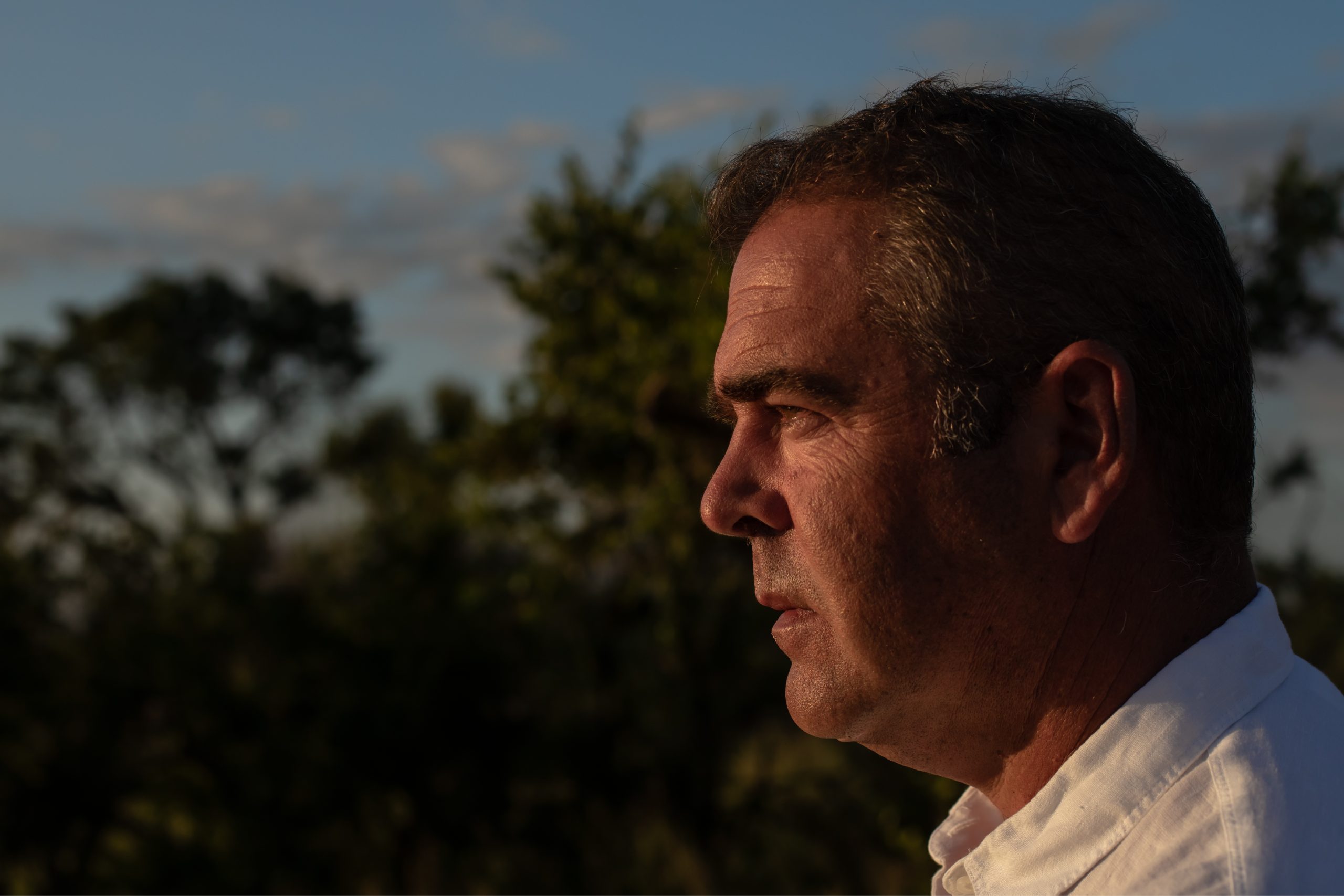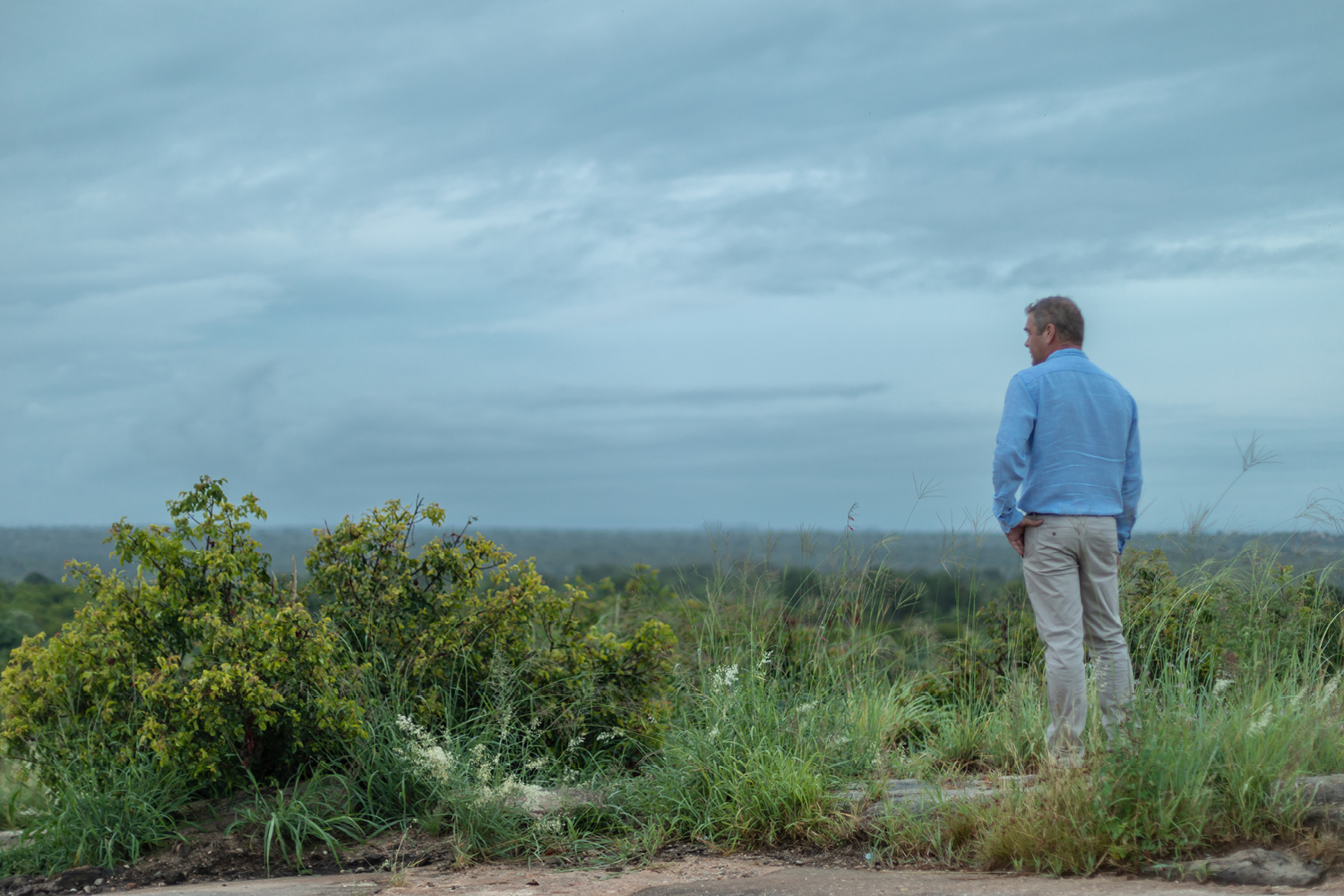Strong performances across Amplify Investment Managers’ funds continue to beat those of their benchmarks and peers, and they remain poised to continue their growth trend as they fine tune their positions.
Amplify partners with independent managers based on their performance and agility, both of which were evident when they presented their performance reviews at the Amplify Power Hour.
Agility and active management continue to drive performance. As portfolio managers noted on the Amplify Power Hour, possible weakening of the Chinese economy, inflation, higher interest rates, vaccine rollouts and opening economies are some of the factors playing in to their portfolio positioning.
Amplify SCI* Strategic Income Fund
Over one year the fund returned 9.87%, against a peer average of 7.5% and STeFI +1% benchmark of 4.83%.
Nomathibana Matshoba, managing director and portfolio manager at Terebinth Capital, which manages the fund, said this is one of the hardest benchmarks, especially as interest rates came down, so the fund’s managers have a lot to do, and their active construction of the portfolio has helped it achieve outperformance.
In the last quarter, SA government bonds contributed most to performance, while inflation-linked bonds and SA cash were also major contributors, and international assets contributed positively as the rand depreciated. Property investments also benefited from active trading and opportunities to take profit.
A key success factor has been active trading in bonds over the last quarter, increasing duration and cutting down risks as necessitated.
Terebinth plots the most likely scenarios on which to position its portfolio, and continues to expect that SA will remain at a crossroad with overpromising and underdelivering of key reforms keeping potential growth depressed. The third quarter GDP slowdown was mostly technical, and higher rand and oil prices were recorded than were previously factored in. These factors, combined with Fed tapering and a less restrictive fiscal response, will force the Reserve Bank’s Monetary Policy Committee’s hand to start a protracted hiking cycle. Potential growth will be depressed as we move from mid-cycle recovery to the return of inflation.
The portfolio is currently weighted to floating-rate notes (36%), fixed-rate bonds (28%) and inflation-linked bonds (19%), which are providing attractive yields, and is sitting on highly liquid asset classes which are easily liquidated as the portfolio requires repositioning.
Amplify SCI* Wealth Protector Fund
The fund’s return over the last year was 16.91%, against a peer average of 12% and benchmark (CPI+3%) return of 7.97%.
Over one year, the fund ranked number one. Since inception, it has never had a negative return, while peers on average had negative returns of 3%, and the fund’s lowest average return over three years is almost the highest return of peers.
Iain Power, chief investment officer of Truffle Asset Management, which manages the fund, points out that while managing to beat the benchmark, the fund minimises potential drawdowns and capital loss.
Focusing on some of the themes that will influence returns and risk, Power pointed to China’s attempts to close the wealth gap, manifesting in policy adjustments at a time when it is going through its own energy crisis and internal constraints. This introduces the potential for Chinese growth to be weaker or softer than anticipated, especially leading into 2022, which has a bearing on resource-type assets. While the fund’s managers believe it is too early to call if we are going into a structurally higher inflation environment, it does appear that inflation is going to be higher than anticipated and for longer, begging the question whether central bankers are behind the curve today in terms of monetary policy.
The energy crisis in China, together with increased expenditure on energy, amounts to another tax on growth, is inflationary and increases the probability of growth surprising on the downside.
“We think the biggest risk is that economies run too hot, with the potential that inflation stays higher than we thought,” said Power. However, vaccine rollouts are pushing us closer to the world opening up and returning to normal, but at the same time, liquidity and the level of stimulus support are going to wane.
Truffle expects next year to be “above trend”, with the services sector yet to recover, although the risk of inflation remains on the upside. These pose some risk to fixed and long duration assets, while high growth shares are susceptible to interest rates, which are likely to gradually move up.
The fund continues its value focus on shares with higher yields and those less affected by rising discount rates. The portfolio sits on about 35% in net equity, focused away from growth, and limited exposure to long duration assets. It has pulled back on some foreign equity, on the expectation of some volatility due to the possibility of higher interest rates in the US.
From a fixed income point of view, a significant part of the fund is in the mid-end of the SA yield curve, where there is value.
Diversification and a focus on value will underpin the fund in terms of preserving capital, while still having exposure to assets that the fund managers believe will deliver the double-digit returns that its clients expect it to generate.
Amplify SCI* Defensive Balanced Fund and Amplify SCI* Absolute Fund
The low equity Defensive Balanced Fund produced a 15.97% return over the last year against a peer return of 11.92%. The medium equity Absolute Fund delivered 19.7% compared to the peer average of 15.12% and benchmark (CPI+4%) of 8.97%.
Carmen Nel, macro strategist at Matrix, which manages both funds, said that almost all asset class levers were accretive to returns over the last quarter, particularly in August. September was a tougher month, though, as risk aversion picked up on growth fears for China (regulatory tightening and the partial shut-down due to the pandemic) and inflationary concerns, which could trigger the Fed to normalise policy faster than anticipated.
The funds’ managers were constructive on equity amid the unrest in July when valuations came down, and this benefited the funds in August. They reduced some equity exposure in September due to heightened downside risks to equity markets locally and globally.
Domestic bonds contributed in July and August, but September was a tough month for the asset class.
The funds’ managers still have solid return expectations for SA equity and SA property, but are cognisant of increasing downside risk to these asset classes. They expect fixed rate bonds to contribute meaningfully to the respective benchmarks, Nel said, and somewhat muted returns from offshore assets, where valuations are quite expensive.
The Defensive Fund has 28% total equity exposure, which is largely local, and a relatively large exposure to domestic fixed income.
The Absolute Fund has a higher exposure to equity, where it has some exposure to banks, which are overprovisioned, and where the potential hiking cycle could be positive for banking margins.
Amplify SCI* Balanced Fund
The Balanced Fund’s position at the higher end of high equity enabled it to deliver a 21.36% return over the past year against a 18.7% benchmark and peer return. Laurium Capital portfolio manager Brian Thomas, a co-manager of the fund, said in the last quarter performance was driven by domestic companies such as MTN, Liberty, Sasol, Aspen and FirstRand.
Thomas said that SA has had an incredible windfall from high commodity prices, which are underpinning the economy in the short to medium term. This has played out in the way the portfolio has been positioned. It is overweight SA equities, which sit at 48.4%, while offshore equity is at 22.5%, and it is overweight SA bonds, which it recently increased from 15% to 17%. The portfolio remains very stacked to value (60% in the value segment) as well as African bonds, which offer an attractive US dollar return.
The equity component is largely exposed to the global consumer, SA financials, select resource stocks (where its managers believe platinum will recover) and healthcare (where they believe hospitals will recover from poor utilisation during the pandemic).
Amplify SCI* Flexible Equity Fund
Over the past year, the fund delivered 29.8%, well above the 22.8% SWIX benchmark and 22.5% peer average.
Omri Thomas, director and portfolio manager at Abax Investments, which manages the fund, said standout performances came from hybrid instruments, such as Euro Stoxx notes, the Royal Bafokeng convertible pref, Truworths, Dipula A and FirstRand.
In terms of portfolio positioning, the fund is getting good returns on bonds and equity, which provides an argument for a balanced position.
Thomas said the fund is getting strong real returns from bonds and it has significantly increased bond holdings as, on a forward basis, bonds are even more attractive.
The SA equity market continues to be very attractively priced, whether against emerging markets or developed markets, and the fund’s managers continue to find value there.
The least attractive asset class is cash, and Thomas said he would not be surprised to see money flow out of money market funds.
The fund’s managers see almost every SA asset class as attractive, including equity, bonds, hybrids and property, whereas SA cash is more expensive. Developed market equities excluding the US still offer fair value, while almost every US asset class is expensive.
*Sanlam Collective Investments
Click here to view the disclaimer.











